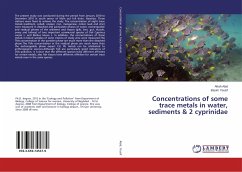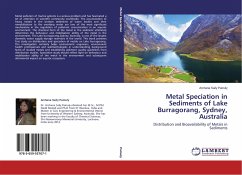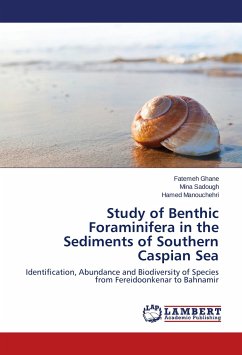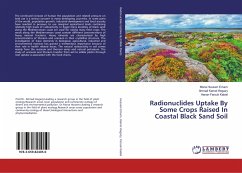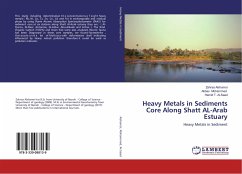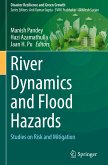Cauvery, one of the major rivers, passes through three states, namely Karnataka, Tamil Nadu, and Kerala. This river is crucial for drinking water, irrigation, and electricity. In India, river sand is a key component of building construction. Through a gamma ray spectrometer with a NaI doped with a thallium detector, the natural radioactive elements such as uranium, thorium, and potassium (238U, 232Th, 40K) are explored and analyzed. As per the report of the United States Department of Agriculture (USDA) sediment and sand grain size is divided into several types, which include gravel medium sand (250-500 Microns), fine sand (100-250 Microns), very fine sand (50-100 Microns), silty sand (2-50 Microns) and clay (< 2 Microns). The range of gravel medium sand to fine sand (>125 Microns) and non-magnetic grains were separated with the help of the American Society for Testing Materials standard sieve and strong electromagnet. Those two samples for each site were subjected to Gamma ray spectroscopy and analyzed.



